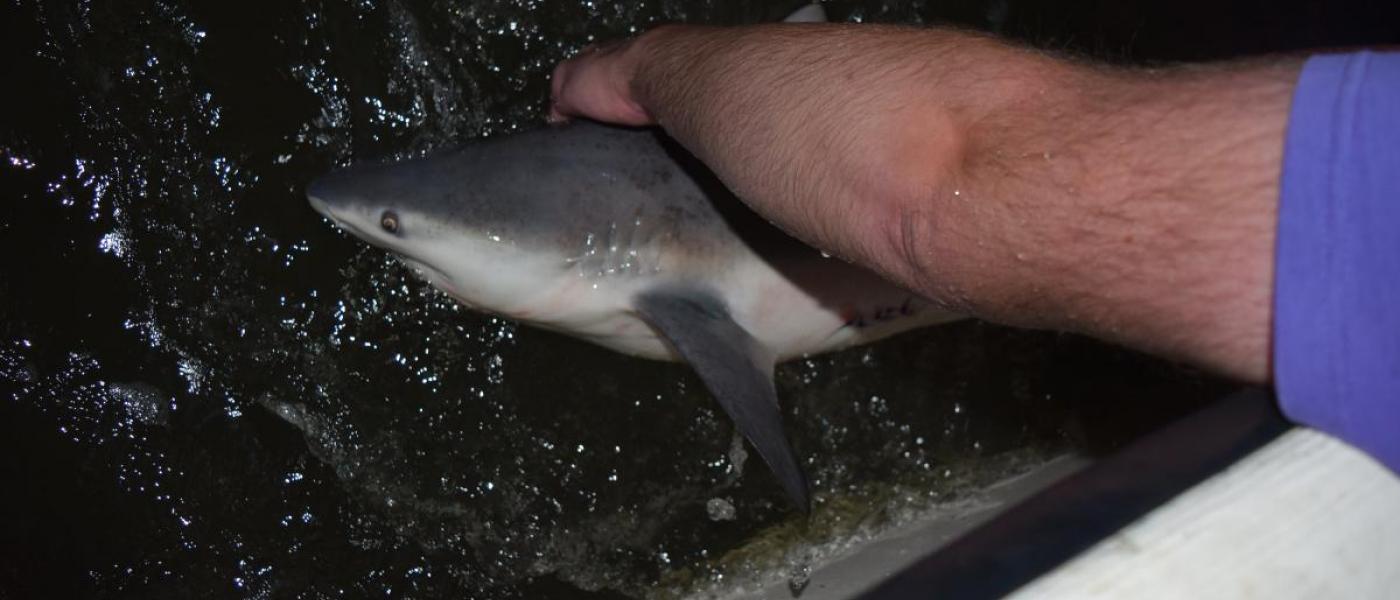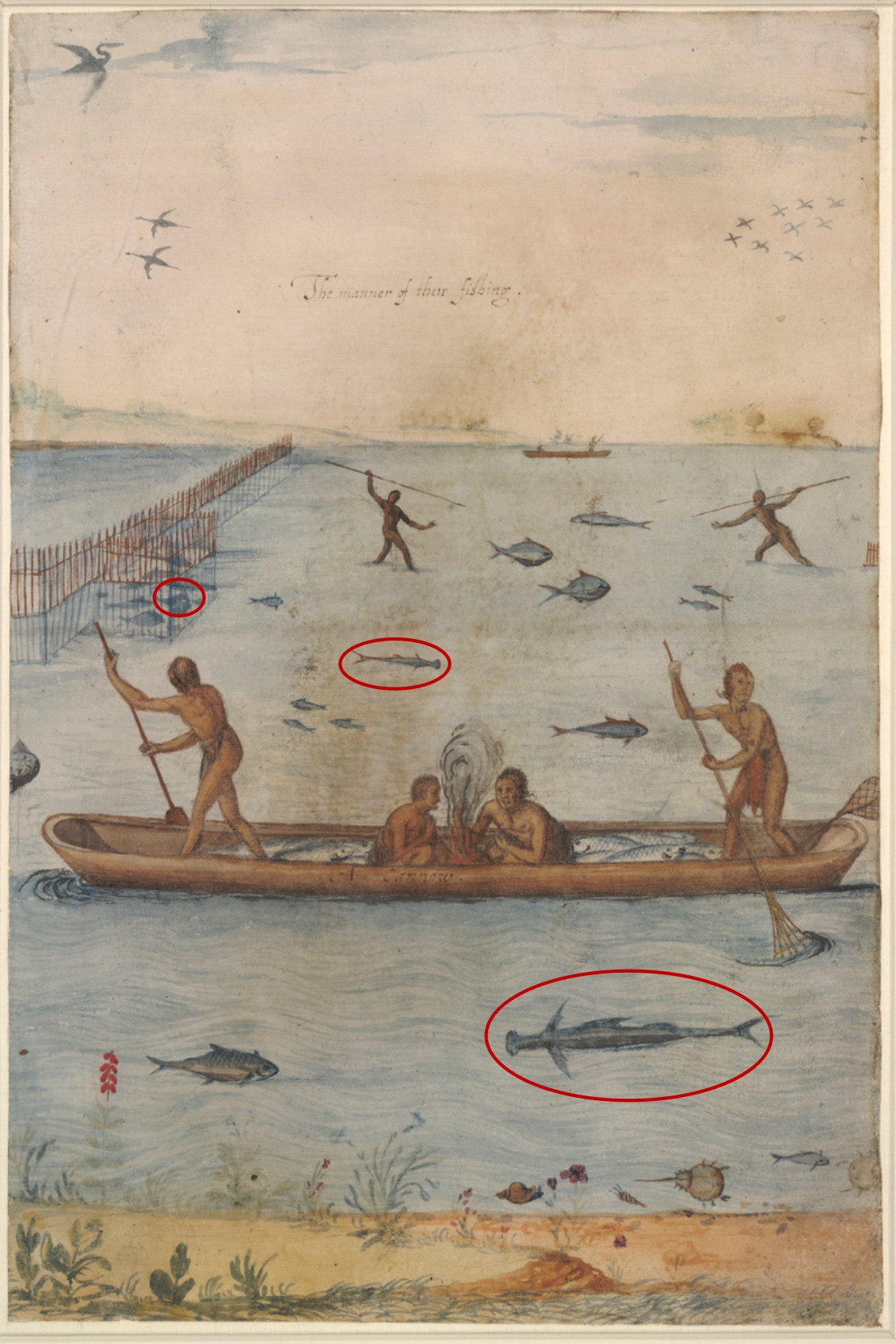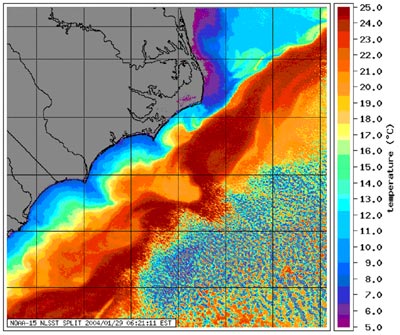Sharks are often thought of in terms of superlatives, and perhaps no species has racked up as many “mosts” as the Great White Shark, Carcharodon carcharias. This is the star of “Jaws” after all, and probably the species most people who aren’t devoted to being familiar with fish visualize when they hear the word “shark.” Thanks to new research by Marra and friends (2019), we’re becoming familiar with the White Shark on the most basic level of all: the genetic level.
Not every species has had its entire genome decoded, and the White Shark is one of only a handful shark species to get this level of attention. The Whale Shark and the Elephant Shark (actually a species of chimera) have also had their genetic codes mapped, providing a couple of fairly closely-related species for comparison. By comparing the full genome of the White Shark with these other shark species and other vertebrates, the authors were able to identify specific mutations that have stood the tests of time and natural selection. Many of these genes are associated with the very traits that have made sharks such incredible survivors for going on 450 million years.

Read More “Decoding the Superpowers of the Great White Shark” »


